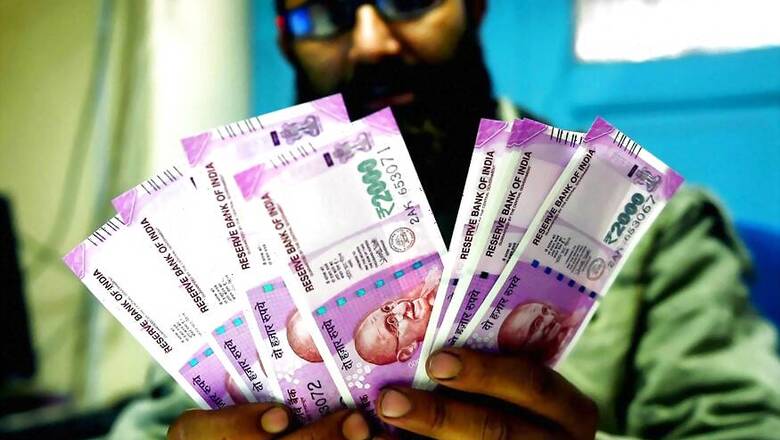
views
The Public Provident Fund (PPF) scheme was introduced in India in 1968 by the National Savings Organization. Since then, it has been one of the most popular investment options among investors, especially for the middle class. It is a long-term investment option which offers an attractive rate of interest and returns on the amount invested. Deposits required for PPF are very low, cost-effective and risk-free. So here’s PPF explained to you in detail:
PPF deposits fall under the EEE (exempt, exempt, exempt) tax category. Deposits made under this scheme can be claimed as deductions under section 80C. The interest earned on the deposit is not taxable, and the amount withdrawn from the account is exempt from wealth tax.
Amounts deposited in a spouse’s or child’s PPF account also qualify for tax breaks.
A PPF account can be opened with either a Post Office or with any nationalized bank like State Bank of India, or Punjab National Bank etc. A few private banks, such as ICICI Bank, HDFC Bank and Axis Bank among others are now also authorized to provide this facility. You need to submit the duly filled application form along with the required documents--identity proof, address proof, and signature proof. Then you can open the account with a deposit of as low as Rs 100.
The current interest rate is 8% per annum (as of December 2018). The interest is compounded annually and is paid on 31 March every year. Notably, the interest is calculated on the lowest balance between the close of the fifth day and the last day of every month.
The PPF has a minimum tenure of 15 years, which can be extended in blocks of five years.
PPF allows a minimum investment of Rs 500 and a maximum of Rs 1.5 lakh for each fiscal year. Investments can be made in lump sum or in a maximum of 12 installments, but it has to be made at least once every year for 15 years to keep the account active. Annual investments above Rs 1.5 lakh will not earn interest and will not be eligible for tax saving.
The deposit into a PPF account can be made either by way of cash, cheque, demand draft or through an online fund transfer.
Partial premature PPF withdrawals can be made every year from the seventh year. Complete withdrawal of funds can be made only at maturity.
A PPF account can be closed prematurely after the completion of 5 fiscal years. The premature closure is subject to certain conditions like the financial need of the investor or his dependents as a result of a serious ailment. The account holder has to furnish documents to support the diagnosis and treatment of the serious ailment. The same applies if the account holder wants to withdraw the proceeds and close his/her account prematurely for the purpose of higher education.
A PPF account holder can designate a nominee for his account either at the time of opening the account or subsequently.
A PPF account can be held only in the name of one individual. Opening an account in joint names is not allowed.
One citizen can have only one PPF account unless the second account is in the name of a minor. NRIs and HUFs are not eligible to open a PPF account.
You can take a loan against your PPF account between the third and fifth year. The loan amount can be a maximum of 25% of the balance available at the close of two years immediately preceding the loan application year. A second loan can be taken before the sixth year if the first loan is repaid fully.




















Comments
0 comment